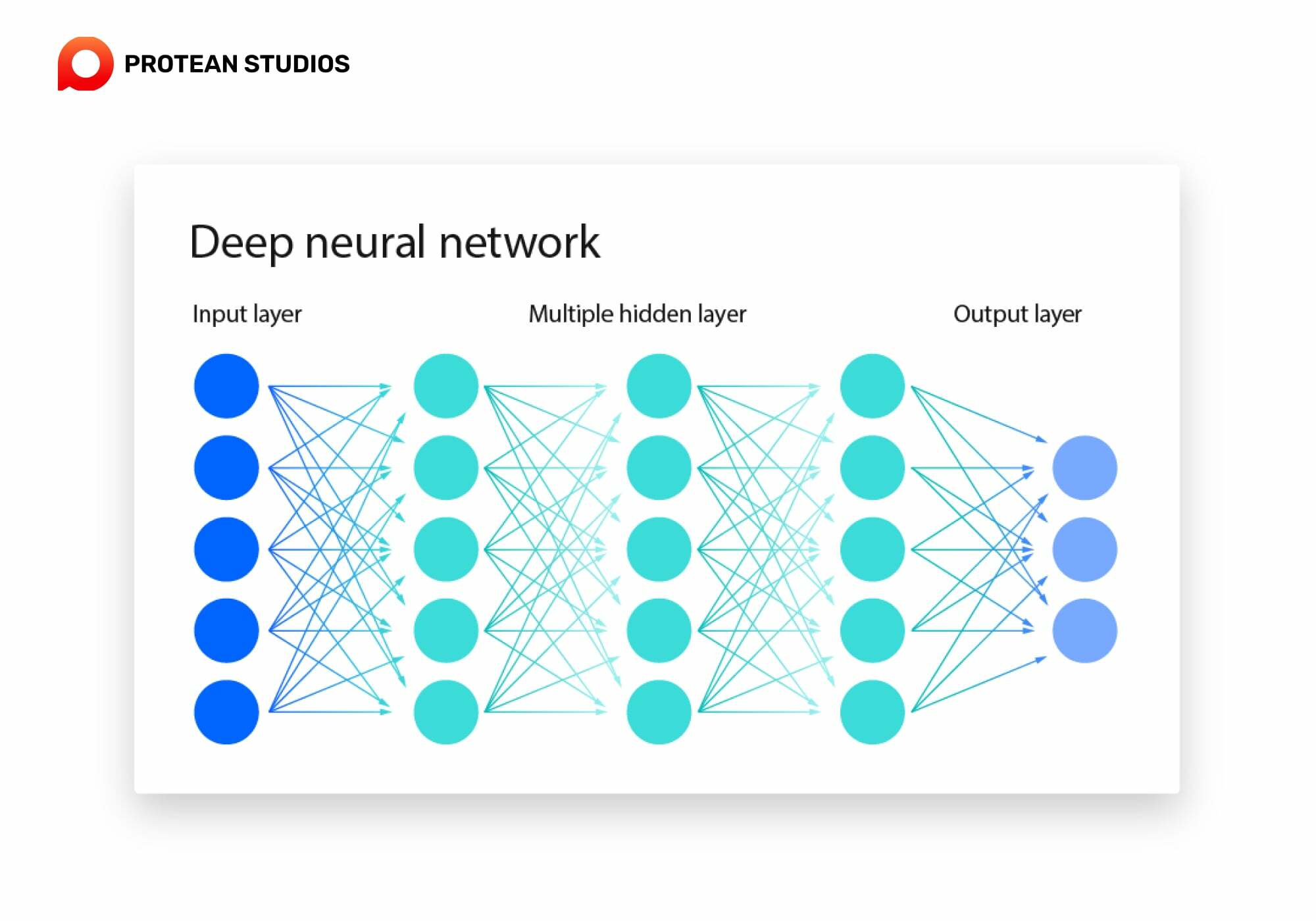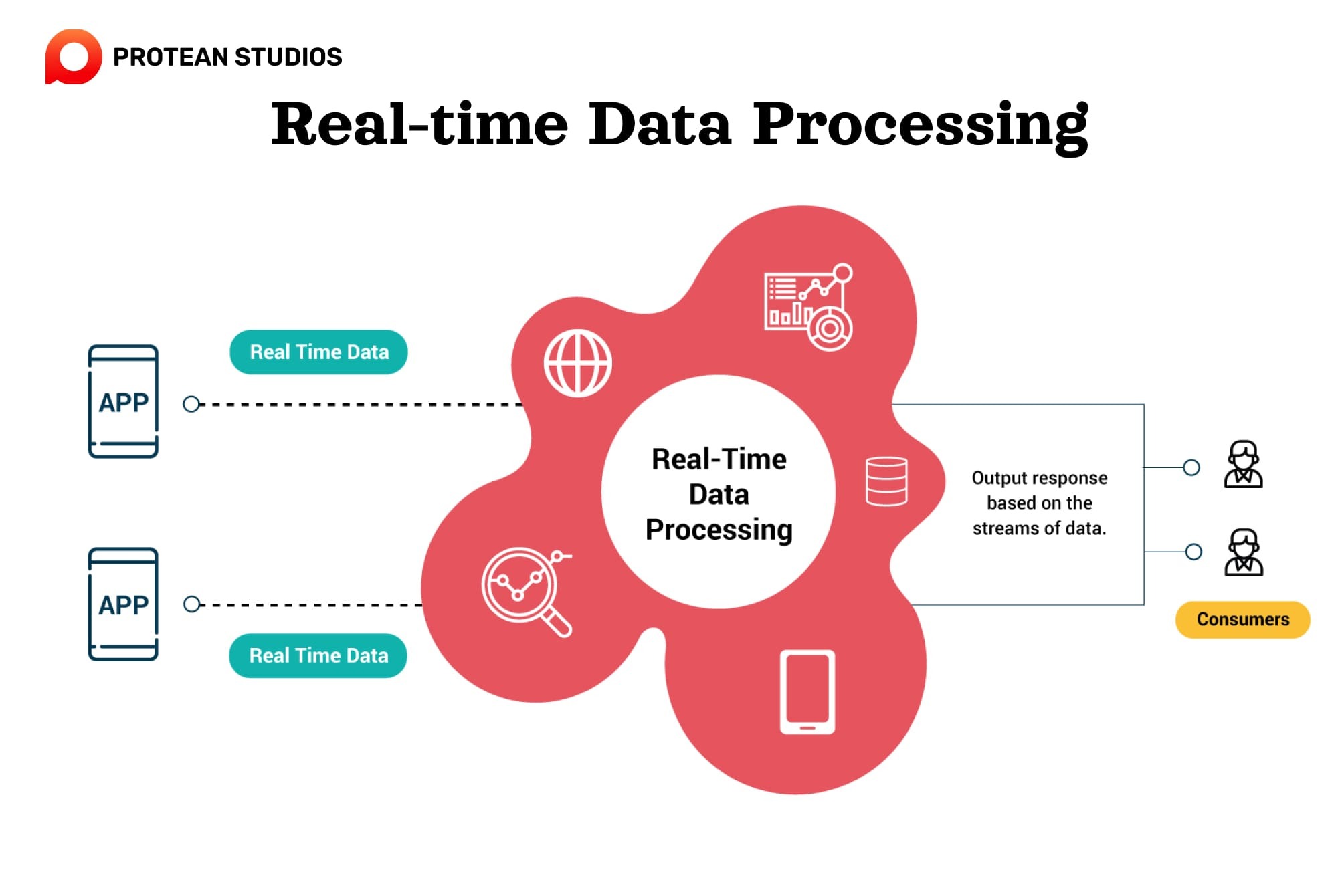As we move further into the digital era, customer data platform (CDP) development continues to rise. In 2024, several key trends will shape the future of CDPs, influencing how businesses collect, analyze, and use customer data. In Prostean Studios’ Discover, we delve into five trends that change the way companies manage their customer data.
#1 CDPs leveraging neural networks
Traditional analytics methods struggle with the vast amount of customer data generated today. CDPs are incorporating neural networks, a form of artificial intelligence (AI). The goal is to unlock deeper insights from this data.

Neural networks can analyze complex customer journeys, identify hidden patterns. Then, predict future behavior with greater accuracy. These advanced algorithms enable more effective predictions of customer behavior. This empowers businesses to personalize marketing campaigns, optimize product recommendations, and deliver superior customer experiences.
Insights: This integration empowers CDPs to deliver personalized customer experiences. It can predict user behavior and preferences with greater accuracy.
Implications: The use of neural networks positions CDPs at the forefront of predictive analytics. Facilitating proactive decision-making and personalized content delivery.
#2: Focus on user data protection
User privacy remains a top concern for consumers and businesses alike. In 2024, customer data platforms seem to focus on data protection more rigorously. Platform providers will need to ensure compliance with evolving data privacy regulations like GDPR and CCPA.
Transparency in data collection, storage, and usage will be crucial for building customer trust. Look for CDPs offering robust security features and user consent management tools. You can see these features in the list below.
Context: The high awareness of data privacy has prompted a focus on protecting user data within CDPs. Stricter regulations and consumer expectations are driving CDP developers to focus on security measures.
Developments: Keeping your data safe is a big deal. Customer Data Platforms (CDPs) now include things like encryption, anonymization, and following data protection rules to make sure sensitive information is handled securely.
Benefits: Upholding robust user data protection not only safeguards customer trust but also ensures compliance with evolving global privacy standards, mitigating the risks associated with data breaches.
#3: Real-time data processing
The ability to process data in real-time is becoming a standard expectation for CDPs. This allows businesses to react to customer interactions, providing an experience across all touchpoints.
In particular, a real-time data processing system takes in changing data and provides output, making it easy to see changes over time. You can image it like a radar system that gets data about planes in its range, processes it right away, and shows their current locations on a screen. This is helpful for things like e-commerce orders, online bookings, and catching credit card fraud in real-time.

Real-time data processing is also called stream processing because it needs a continuous flow of input data to give the current output. The main perk is that you get immediate results, keeping everything current. In contrast, batch processing takes longer, making the data less timely.
Applications: From e-commerce order processing to fraud detection, real-time data processing facilitates instant insights, ensuring that businesses operate with the most up-to-date information.
Advantages: The seamless integration of real-time data processing enhances customer experiences. It provides timely and relevant interactions, making it a cornerstone for agile decision-making in dynamic markets.
#4: The Rise of Multichannel Capabilities
Customers today interact with brands through various channels, from websites and social media to mobile apps and physical stores. To provide a unified customer experience, CDPs are enhancing their multichannel capabilities.
This allows businesses to merge customer data from all touchpoints into a single, unified profile. Marketers can then leverage this data to deliver consistent and personalized messaging across all channels.
Engagement Enhancement: This trend allows businesses to create a cohesive and interconnected customer experience where interactions seamlessly transition between channels. Multichannel strategies enhance customer engagement and broaden the reach of businesses.
Implications: Embracing versatility and connectivity becomes paramount in modern business strategies, positioning multi-channel capabilities as a key driver of customer-centric approaches.
#5: Integrate CDP with marketing activities
Customer data platforms are no longer seen as standalone data repositories. In 2024, a key trend will be the seamless integration of CDPs with various marketing automation and campaign management tools.

This allows marketers to activate customer data within their workflows, streamlining campaign execution and personalization efforts. By integrating CDPs with marketing activities, businesses can ensure their campaigns are data-driven and deliver impact.
Enhanced Campaigns: CDPs optimize marketing efforts by providing comprehensive insights into customer behavior and preferences. This data-driven approach enhances the effectiveness of marketing campaigns, ensuring targeted and personalized communication.
Business Impact: The alignment of CDPs with marketing activities contributes to improved customer acquisition and retention, making it a strategic imperative for businesses aiming to maximize the impact of their marketing endeavors.
Summarize CDP trends
By embracing these trends, customer data platforms will become more powerful tools for businesses in 2024. They will enable deeper customer understanding, more relevant personalization. And finally, stronger customer relationships. Thus, if you're looking to leverage customer data for marketing success, keeping an eye on these evolving CDP capabilities is essential.
Embracing these trends positions businesses at the forefront of innovation. It ensures not effective data management but a future-proofed strategy for sustained growth and customer satisfaction.




